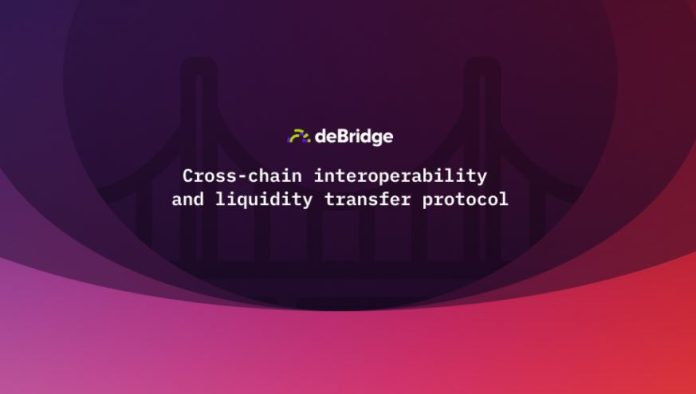
Having a single blockchain acting as the sole solution for every problem simply isn’t feasible. But what is the utility of having several different blockchains, with each having its own set of characteristics and use cases, if they can’t communicate or transact value with each other?
That was the dilemma of the past, during the blockchain 1.0 and 2.0 eras. Nowadays, with the advent of blockchain 3.0 solutions, we have been able to achieve interoperability between distributed ledgers.
But we have yet to solve the blockchain trilemma, in which there hasn’t been a network capable of achieving security, decentralization, and scalability simultaneously. Ethereum simply isn’t capable of scaling, and until ETH 2.0 arrives, many dApps and DeFi (decentralized finance) protocols currently being developed are choosing to integrate themselves into multiple different blockchains.
In doing so, these projects are able to maximize their chances of success, broadening their reach, increasing potential partnerships, and improving their value proposition through a more decentralized, scalable, and cost-efficient network.
Cross-chain solutions
Although projects like Komodo successfully accomplished cross-chain atomic swaps back in 2015, only now are full capabilities of cross-chain coming to fruition. Throughout 2021, a new era of interoperability began, with protocols like Polkadot, Avalanche, and Cosmos breaking into the scene and quickly expanding their ecosystems.
One of the latest and most innovative cross-chain protocols released is deBridge. As one of the most advanced blockchain interoperability platforms, deBridge aims to become the standard for cross-chain composability of smart contracts, cross-chain swaps, bridging of any arbitrary asset, and bridging of NFTs (non-fungible tokens).
Is deBridge the future of blockchain interoperability?
deBridge is a cross-chain interoperability and liquidity transfer protocol. Its reliable and secure decentralized infrastructure will enable never-seen-before cross-chain features.
The team behind deBridge is working diligently on its ambitious goal of transforming the crypto industry into a more interconnected space. deBridge is blockchain agnostic, meaning it has the freedom to connect and create bridges between different blockchains, and its decentralized infrastructure allows any existing protocol to scale up to any other chain, be it Layer-1, Layer-2, or a sidechain.
After its mainnet launch, deBridge will be compatible with major blockchains such as Ethereum, Polygon, Binance Smart Chain, HECO, and Arbitrum. But the team won’t stop there, as it will also be adding other valuable blockchains in the near future.
The protocol allows both value and data to be transferred between blockchains for only a small fee. Transactions, of either value or data, are only valid after a minimum number of confirmations from deBridge validators is achieved.
The cross-chain intercommunication of deBridge smart contracts is powered by the network of independent oracles/validators which are elected by deBridge governance. They gather the most reliable and transparent information from the real world and relay it into the blockchain. Together, these validators form a decentralized oracle network (DON), which creates true automation by allowing smart contracts to operate in a self-verifiable and self-executing environment.
A bright future ahead
Born during the Chainlink Global Hackathon in 2021 and awarded the first place prize among more than 140 competing teams, deBridge is quickly rising as one of the most prominent cross-chain platforms.
Its innovative infrastructure and features make it the ideal solution for protocols looking for higher scalability, cost-efficient transfers, and expanding beyond their own secluded networks.
[newsletter_form lists="1"]










